In this article, you’ll learn what are the different types of corrosion? And corrosion prevention methods are explained with pictures.
Also, you can download the PDF file at the end of this article.
What is Corrosion?
The metals we use in our daily life are malleable, strong, and ductile. When we use them on a daily basis, they come into contact with the environment. Over time, they lose their luster and become covered with a colored layer on them.
Whereas some metals also lose their strength and become brittle. Due to this, a chemical reaction occurs between metals and their environment. Therefore, the destruction of metals due to environmental interaction is called corrosion.
It is usually seen on the outer surface of the metal. During corrosion, the upper layer of metal becomes exposed, as well as its inner surface. As a result, the corrosion tends to continue all the way to the metal’s depth. Let’s discuss the types of corrosion below.
Related: 23 Types of Metals and Their Properties [Explained]
Types of Corrosion
Following are the common types of corrosion that usually occurs to metals:
- Galvanic corrosion
- Uniform corrosion
- Stress corrosion cracking
- Crevice corrosion
- Pitting corrosion
- Hydrogen grooving
- High-temperature corrosion
- Graphite corrosion
- Microbial Corrosion
- Metal Dusting
#1 Galvanic Corrosion
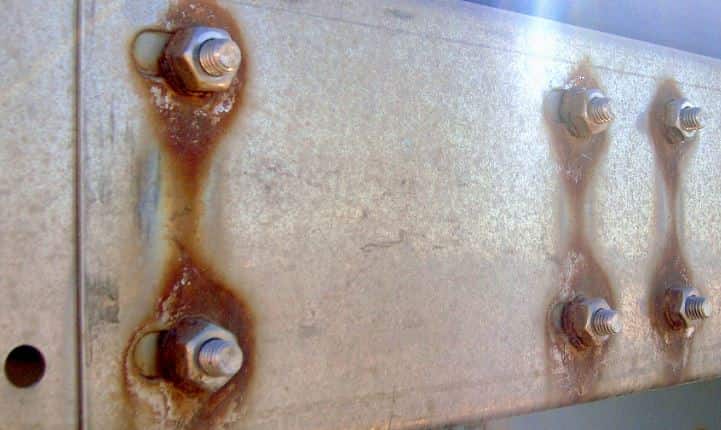
It is a type of electrochemical corrosion where one metal corrodes more easily when in contact with another, especially when an electrolyte is present. In this type of corrosion, deep pits and grooves are usually formed on the upper surface of the metal.
An excellent example of this corrosion is when copper comes into contact with steel in a saltwater environment. Another good example is that when aluminum and carbon steel are combined and immersed in seawater, aluminum corrodes rapidly, and the steel remains safe.
#2 Unifrom Corrosion
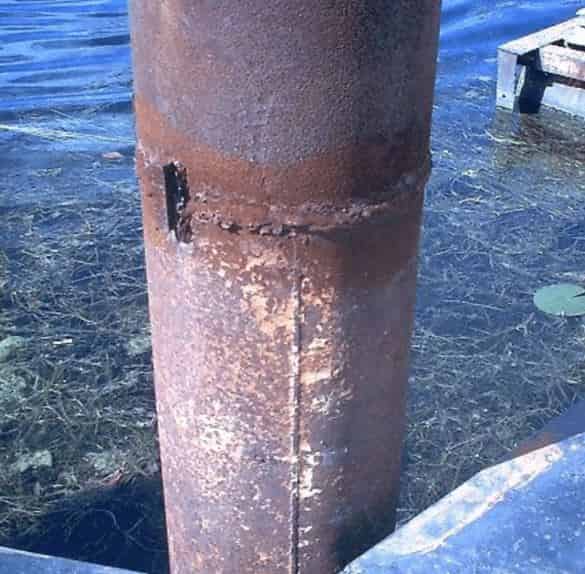
This common types of corrosion results in a uniform loss of metal from the uncovered surface due to the attack of an entire metal surface exposed to a corrosive environment. As a result, the metal becomes thinner and eventually fails.
One good thing is that this corrosion has relatively little effect on the material’s performance. This is often caused by rubbing with high-speed fluid. The fluid may or may not be abrasive. For example, zinc and steel dipped in dilute sulfuric acid dissolve evenly over their surfaces.
#3 Stress Corrosion Cracking (SCC)
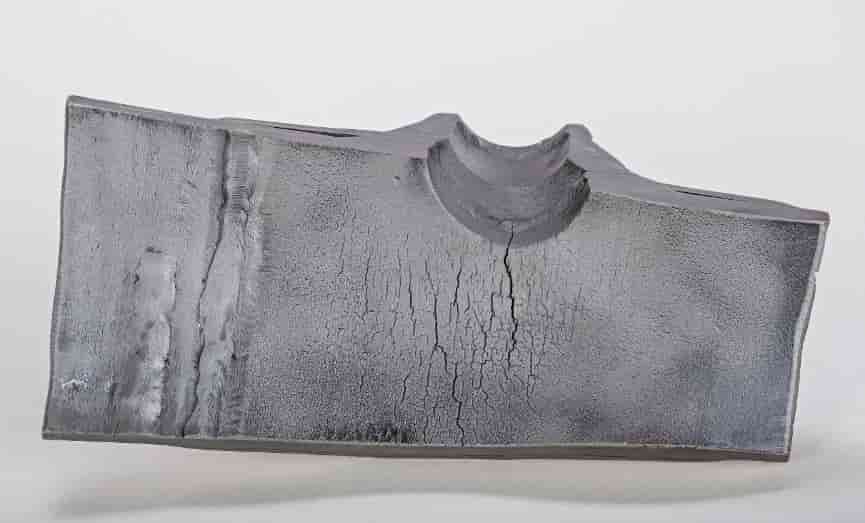
Stress corrosion cracking (SCC) is the formation of cracks on a material in a corrosive environment. This can lead to the sudden failure of ductile metal alloys subjected to tensile stress, especially at high temperatures.
It is highly chemically specific because some alloys are only likely to undergo SCC when exposed to chemical environments. For a given alloy, SCC often occurs in a mildly corrosive environment. Metal parts with severe SCC may appear shiny while filling with tiny cracks.
An excellent example of this corrosion is the stress corrosion cracking of austenitic stainless steel in a chloride solution.
#4 Crevice Corrosion
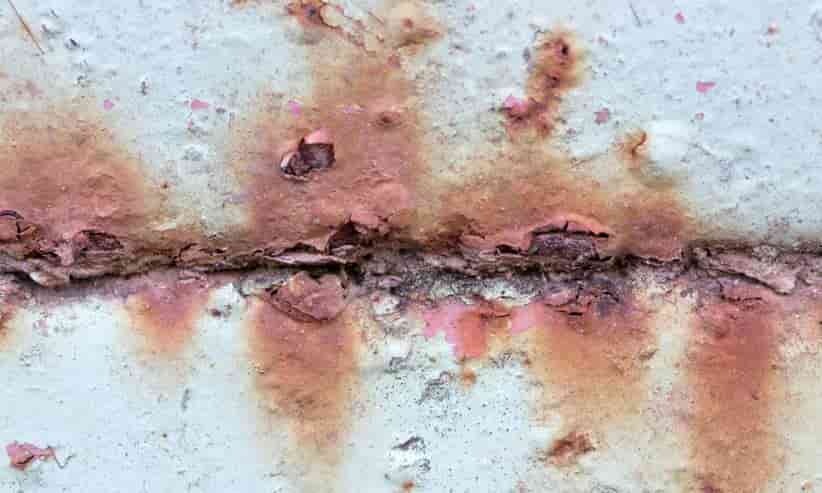
Crevice corrosion refers to corrosion occurring in spaces such as gaps in which a stable solution is trapped and is not renewed. These spaces are generally called crevices. This corrosion is usually found where bolts and nuts form lap joints that can lead to cracks.
Examples of areas where crevice corrosion can occur are gaskets, washer bottom surfaces, and bolt heads. The aluminum alloys and stainless steel can also undergo crevice corrosion. This is due to the formation of a differential aeration cell which leads to rust inside the cracks.
#5 Pitting Corrosion
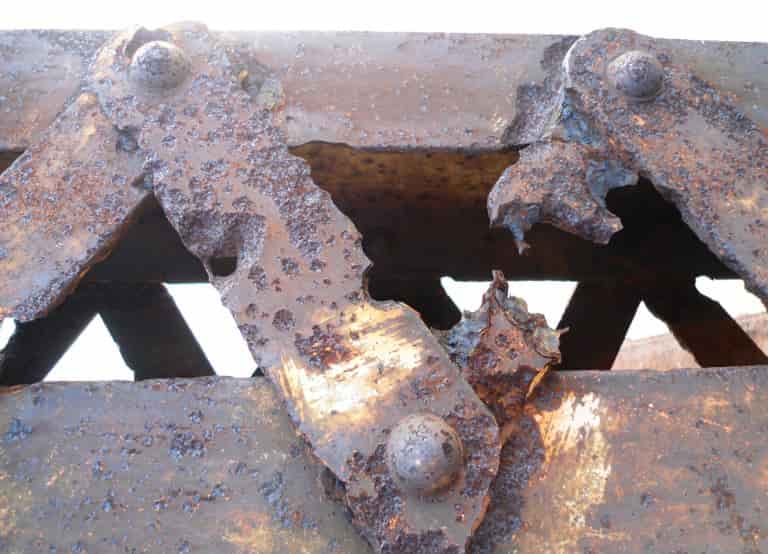
Pitting corrosion is extreme corrosion that leads to the random buildup of tiny pores in the metal. It occurs at a local point on the metal and moves with the formation of a corrosion cell surrounded by the metal surface.
Once formed, it continues to grow and can take various large shapes. Due to structural failure, the pit gradually penetrates the metal vertically from the surface. Furthermore, this corrosion is mainly caused by the metal being in stationary or low-speed fluids.
For example, consider a drop of water on a steel surface. The pit will start at the center of the water drop (anodic site).
Read Also: Types of Pattern in Casting Process (Explained in Detail)
#6 Hydrogen Grooving
During the exposure of carbon steel to concentrated sulfuric acid, hydrogen bubbles cleave the iron sulfate film from the pipe wall, forming hydrogen grooving.
This types of corrosion forms in piping by grooves due to the interaction of a corrosive agent, fabricated pipe components, and hydrogen bubbles. These bubbles usually destroy the protective coating upon contact with the material.
#7 High-temperature Corrosion
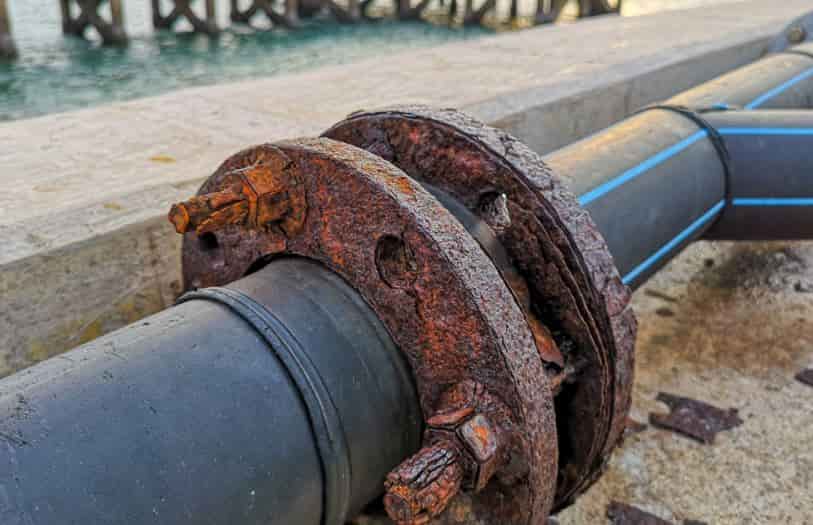
As the name suggests, this types of corrosion occurs on most metals due to overheating. High-temperature corrosion occurs when gas turbines, diesel engines, furnaces, or other machinery come into contact with hot gas containing specific contaminants.
A hot atmosphere that contains gases like oxygen, sulfur, and other compounds can cause the metal to deteriorate chemically. These compounds can easily oxidize the metals. As an example, car engines use metals that have to withstand continuous periods of high temperatures in an environment that contains corrosive combustion products.
#8 Graphite Corrosion
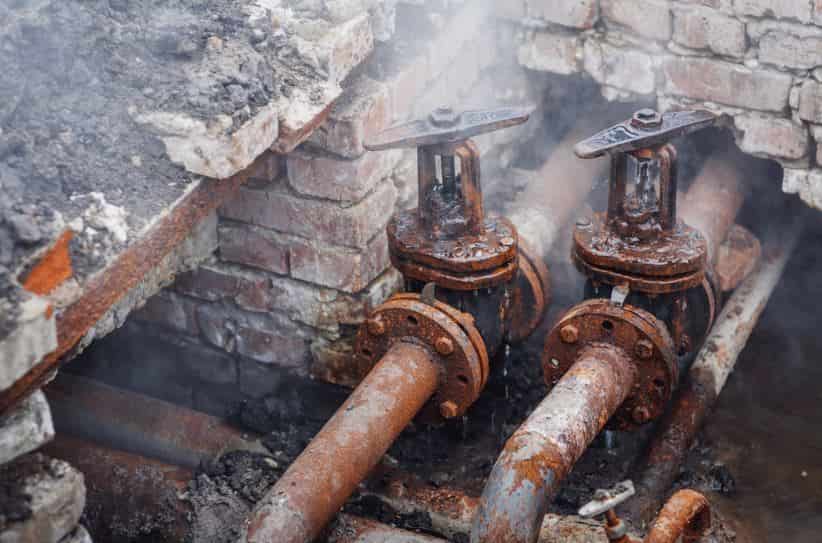
In graphitic corrosion, metal components of gray cast iron pipes are leached or transformed into corrosion products, leaving graphite intact. Furthermore, some cast iron is destroyed by being in salt water or acid for too long. In this corrosion, the graphite remains in its place, leaving the metal to become soft and weak.
#9 Microbial Corrosion
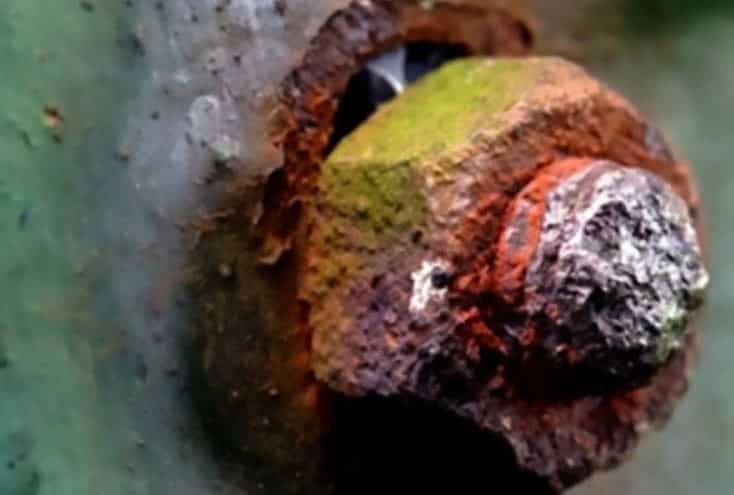
The microbial corrosion is caused by the presence or activity of microorganisms in the biofilm on the surface of the corrosive material. The corrosive material can be either a metal such as steel or a nonmetal such as concrete. This types of corrosion can affect both metallic and non-metallic materials, whether there is oxygen present or not.
#10 Metal Dusting
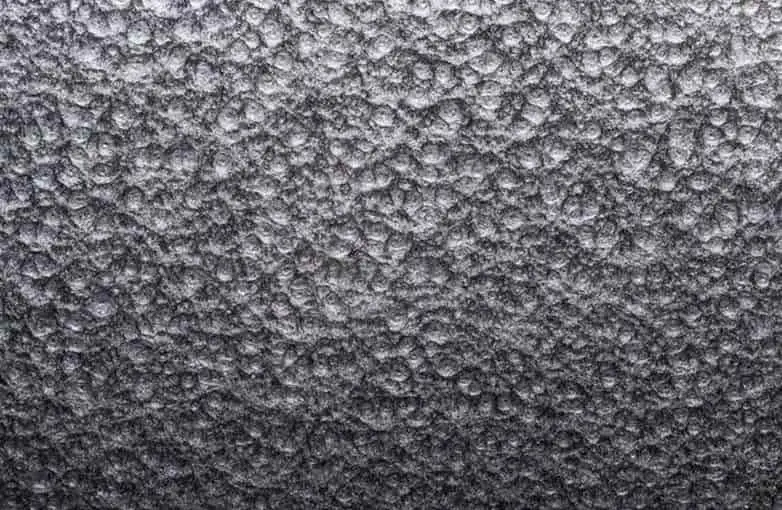
It is a destructive types of corrosion that occurs when susceptible materials are exposed to environments with high carbon activities, including synthesis gas. Rust is identified as the breakdown of metal powder from bulk metal.
The corrosion process occurs when carbon monoxide (CO) in the form of a graphite layer deposits on the surface of the metals. As the graphite layer grows, it usually forms meta-stable M3C species (M being the metal) that tend to move away from the metal surface, causing the metal surface.
Read Also: What is Metal Casting Process? Types, Advantages, & Uses
Corrosion Prevention Methods
The following are the corrosion prevention methods used to prevent corrosion:
- Tinning
- Painting
- Primer
- Galvanizing
- Electroplating
- Chrome plating
- Cladding
- Silver Plating
- Gold Plating
- Nickel Plating
- Copper Plating
- Rhodium Plating
- Zinc Plating
- Cadmium Plating
- Bluing
- Calorizing
#1 Tinning
The process of coating iron plates with tin or coating of a soldering iron with solder before its use is known as tinning. Any type of metal and mainly sheet metal is made of anti-corrosive by tinning. These metals are washed and put in acids of water and salt.
After this, these are dipped in a solution of melted tin. In the case of sheets, these are passed through rollers to shed extra tin. For other jobs, tin is split over them. For drying of the sheets and other jobs as also for bringing shinning over them, wooden dust is rubbed by means of moving drums. In this way, metals and sheets look beautiful.
#2 Painting
Of all kinds of corrosion prevention methods, painting is the most popular method. Initially, the metal job is cleaned correctly, then with the help of a brush or spray, varnish mixed paint or enamel is applied.
This paint or enamel forms a layer on the job and helps in providing anti-corrosive treatment to it to a great extent. This usually adds to the beauty of the job. Red lead also provides anti-corrosive treatment.
#3 Primer
In order to prevent further oxidation of the metal surface, it is very important to apply a suitable primer immediately after preparing and cleaning the paint surface. The primer process increases the adhesion of the coating to the surface of the steel.
Most of the primers used on steel are red lead, red oxide, or zinc chromate. Primed steel does not rust easily and improves the life of the material. The use of etch primer or zinc chromate is recommended for metals such as aluminum and galvanized iron.
#4 Galvanising
The process of coating the iron with zinc is known as galvanising. It is not usually an electrical process but simply dipping the iron in molten zinc. Firstly, the job is cleaned with the acid of salt.
After that, it is washed with water and dipped in a molted zinc solution, and taken out. For shedding the extra zin, wire brush or wire rollers are typically used. These kinds of sheets and jobs are called G.I. sheets and G.I. bolts, respectively.
Read Also: Different Types of Sheet Metal Operations [Complete Guide]
#5 Electroplating
The process of depositing metal by electric means is called electroplating. To make the definition more clear, we can say that it is the process of applying a thin layer of a metal over a job made of another metal is called electroplating.
Before electroplating, the job is first cleaned and then thoroughly cleaned with buffing. The adequate solution is filled in a tank for the purpose of pasting it on the metal. For example, if we want to do copper plating on brass, we will fill copper sulfate in the tank.
In the same way, for different metals, solutions of different metallic salts are used. Two copper plates are hung in this tank, and then the brass job too is hung in it. Treating the copper plates as anode and brass plates as cathode, we will connect them to the DC supply and give a current of 2 to 3 volts.
By doing this, copper will start melting from copper plates and starts depositing on brass plates. The thickness of the metal layer depends upon the current supply and the duration for which the job has been dipped into the solution.
After electroplating, the job is washed with bare water and put in wooden dust. This process brings shining to the job. For the purpose of shinning, buffing is done again.
#6 Chrome Plating
Chrome plating is an electroplating process in which chrome acid, called hexavalent chromium, is used. It is a method of electroplating a thin layer of chromium onto a metal part.
There are several uses for chromed surfaces, including decorative applications, corrosion resistance, ease of cleaning, and surface hardness enhancement. Sometimes, chrome imitators can be used for aesthetic purposes as they are less expensive.
#7 Cladding
Cladding is a corrosion prevention method used to bond dissimilar metals together. As a method of fastening metals together, it differs from fusion welding or gluing.
This is done by pressing or rolling the sheets together under high pressure while simultaneously extruding the two metals through a die. Cladding is used by the United States Mint to manufacture coins made from different metals. In this way, a cheaper metal can be used as a filler.
#8 Silver Plating
Silver plating is the process of coating a metal surface by depositing it on a conductive surface. Doing this prevents rust as well as gives a glossy shine. In addition, it is used for many purposes, such as corrosion inhibition, improving solderability, hardening, improving paint adhesion, and for other purposes.
Matte silver plating, bright silver plating, and semi-bright silver plating are all types of silver plating. To obtain silver plating, several methods are used. One method involves covering a solid surface with a metal sheet, which is then fused with heat and pressure. The main use of silver plating is for the decoration of jewelry, plates, cups, and medals.
Read Also: What are the different operations used in Forging?
#9 Gold Plating
It is a corrosive prevention method that consists of depositing a thin layer of gold on the surface of another metal, often copper or silver, by electrochemical plating. Electrical conductivity and resistance to oxidation make gold a desirable metal.
Gold plating is commonly used to improve the conductivity of electrical connectors such as jewelry. Apart from this, some electronic parts also use a gold plating process, such as circuit boards, to prevent corrosion.
#10 Nickel Plating
As the name suggests, nickel plating is a process of electroplating a thin layer of nickel onto a metal. Nickel is a well-known corrosive prevention method. It is used for good decorative and corrosion resistance of the metal.
In addition, the nickel layer may be wear-resistant or used to manufacture poorly or undersized parts for salvage purposes. Common applications of nickel plating are found in household products such as door hinges, knives, and shower fixtures.
#11 Copper Plating
Copper plating is the process of electroplating a layer of copper on a metal surface. It is suitable for metal plating in applications that require high conductivity at a low cost. In addition to being used as an undercoat, copper is also used as a standalone coating.
A copper layer can provide decorative effects, corrosion resistance, electrical and thermal conductivity, or adhesion for additional deposits. The process is used for electronic components such as printed circuit boards.
#12 Rhodium Plating
Rhodium plating is a corrosive prevention method in which the metal is coated in a thin layer of rhodium for added strength and shine. This process can also resist scratches on the metal surface and provides a shiny appearance.
Jewelry that is coated with rhodium plating is more lustrous and durable than other metals. It is used in the production of jewelry, especially where white gold plating is required. The benefits of using this process are that it doesn’t dent or tarnish and retains its luster.
Read Also: What are Rolling Mills? Working and Types of Rolling Mills
#13 Zinc Plating
Zinc plating is the electroplating process of a thin coating of zinc alloy on the surface of a metal object. This forms a physical barrier that prevents rust from reaching the surface of the underlying metal.
It is often used in the automotive industry to resist oxidation and corrosion of the metal. The zinc plating process is used in the application of vehicle boards and other metal parts such as nuts and bolts, fasteners, and automotive parts.
#14 Cadmium Plating
Cadmium plating is a sacrificial coating, meaning it will corrode and break down before the underlying metal, protecting it against corrosion. Cadmium has many properties, including high resistance to saltwater corrosion.
In addition, it also improves adhesion, lubricity, and corrosion resistance. Even though the cadmium plating is very thin, it provides adequate wear protection. Almost all conductive metals can be coated with cadmium.
#15 Bluing
The process of blueing involves coating steel with a black oxide coating to protect it against corrosion. Due to its blue-black color, it is named after this protective finish. Initially, the steel is heated to 315°C by nitrate of potash (salt-peter) and immersed in a molten solution.
The steel is kept in the solution for several minutes, depending on the required color and depth. After the process, the outer surface of the metal results in a blue or blue-black coating, depending on the process specified. Generally, gun manufacturers, gunsmiths, and gun owners use bluing to enhance the appearance and corrosion resistance of their firearms.
#16 Calorizing
Calorizing is also a corrosion prevention method for making aluminum coatings. In this process, aluminum powder is used to prevent corrosion from the metal surface. The coating of aluminum is applied to iron or steel by heating it in an aluminum and alumina mixture.
Closing It Up
That’s it. Thanks for reading. I hope I have covered everything about the “Types of Corrosion.” If I missed something, or if you have any doubts, let me know in the comments. If you liked this article, please share it with your friends.
Want free PDFs direct to your inbox? Then subscribe to our newsletter.
Download PDF of this article:
You might like to read more in our blog:
Hello, thanks a bunch for these incredible insights. Short, sweet and detailed at the same time.
Kindly send me this PDF.
Thanks for your feedback. The PDF file has been sent to your inbox.
Best short notes
Thanks for your feedback.
Excellent, very informative article. Thank you
You’re most welcome.